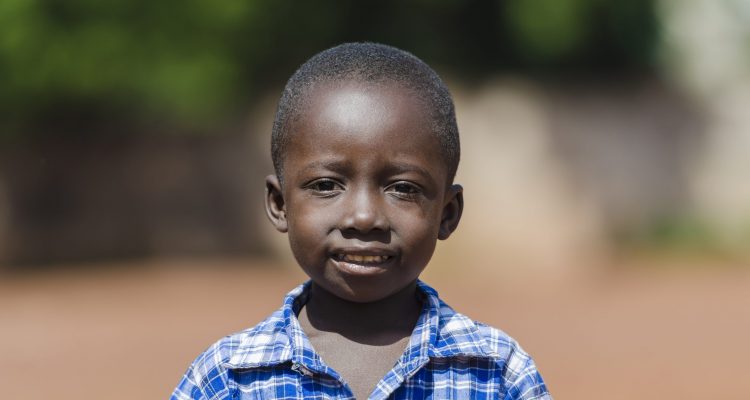What is life expectancy?
Life expectancy is a statistical data calculated under the guidance of the United Nations (United Nations). This calculation is made on the basis of the probabilities of dying within a year for people who reach a given age. Life expectancy therefore represents a summary of mortality conditions over the year in the form of a fictitious generation.
According to INED (National Institute of Demographic Studies), life expectancy is “the average number of years that a group of people can expect to live.” Life expectancy at birth (or at age 0) is therefore a representation of ” the average life span, that is to say the average age at death of a fictitious generation which would be subject to each age under the mortality conditions of the year in question ”.
Since life expectancy is a data strongly correlated with mortality, phenomena that threaten life such as epidemics, natural disasters, wars tend to decrease it while factors that improve life such as the evolution of medicine and the general improvement of living conditions tend to lengthen it. Life expectancy can therefore vary, from continent to continent, country to country or region to region.
Some figures on life expectancy in Africa before the 2000s
In the early 1950s, Africa was a continent with a low life expectancy compared to other continents. Between 1950 and 1955, the average life at birth in Africa was 37.8 years, while Europe, Oceania and North America had one above 60 years.
During the 1980s and 1990s, Africa was severely affected by the AIDS pandemic, which led to a decline in life expectancy in underdeveloped countries. However, Africa experienced a gain in life of 15.2 years between 1950 and 1990.
Between 1990 and 1995, life expectancy in Africa increased to 53 years, although a few countries are exceptions with a higher life expectancy of up to 65 years (some North African countries in particular) while developed were over 75 years old.
The causes of such a low life expectancy: Parasitic and infectious diseases are gradually replaced by heart, tumors and cerebrovascular diseases when life expectancy goes beyond 60-65 years. For a population with a low average life, as is the case in Africa, infectious (respiratory, sexual, etc.) and parasitic (malaria, tetanus, etc.) diseases are causes of death that cannot be minimized. Economic and socioeconomic factors; socio-psychological factors; environmental factors ; behavioral and dietary factors can also be taken into account.
Life expectancy in Africa since the 2000s
For the year 2000, the UN outlook predicted a life expectancy at birth of 70 years. The WHO has revealed that in Africa between the years 2000 and 2015, life expectancy in Africa improved by 10 years.
The reasons for the increase in this life expectancy
Improving health systems: better equipment, better patient care, etc.
The fierce fight against infectious diseases in developing countries: the treatment of AIDS is more accessible, the success of numerous awareness campaigns and screening for the disease. According to the AIDS control agency, for example, new infections decreased by 33% between 2005 and 2013 in Sub-Saharan Africa, which is the most affected region. Better care for people with tuberculosis.
The fight against infant mortality: the number of deaths in the world population under 5 years of age rose from 12.7 to 5.9 million between 1990 and 2015 according to data from UN IGME (Inter-agency Group for Child Mortality Estimate). Delivery conditions are improved with better care for newborns. Vaccination campaigns against childhood diseases have multiplied.
Halving malaria-related mortality: the overall decrease is around 60%. According to WHO figures, mortality has fallen by 66% in all age groups and by 71% for children under 5. The WHO suggests that several African countries could have eradicated the disease by 2020. This improvement comes from the implementation of a panoply of measures to fight against the disease such as the use of impregnated mosquito nets, the rapid diagnostic test, insecticide sprays and artemisinin-based combination therapies.
Improving living conditions: According to the World Bank, since 1990 the number of extremely poor people has halved. According to 2015 data from Unesco, illiteracy is decreasing. Measures are in place to improve access to drinking water.
Although Africa is showing an increase in life expectancy, the continent still has to contend with disparities (internal) and inequalities (from an international perspective) which, even if they are decreasing, remain significant.


Leave a Reply